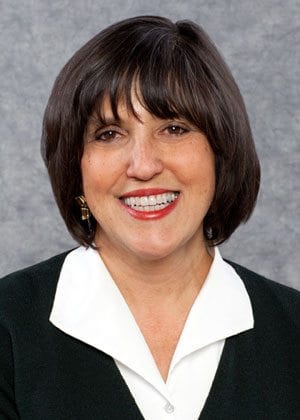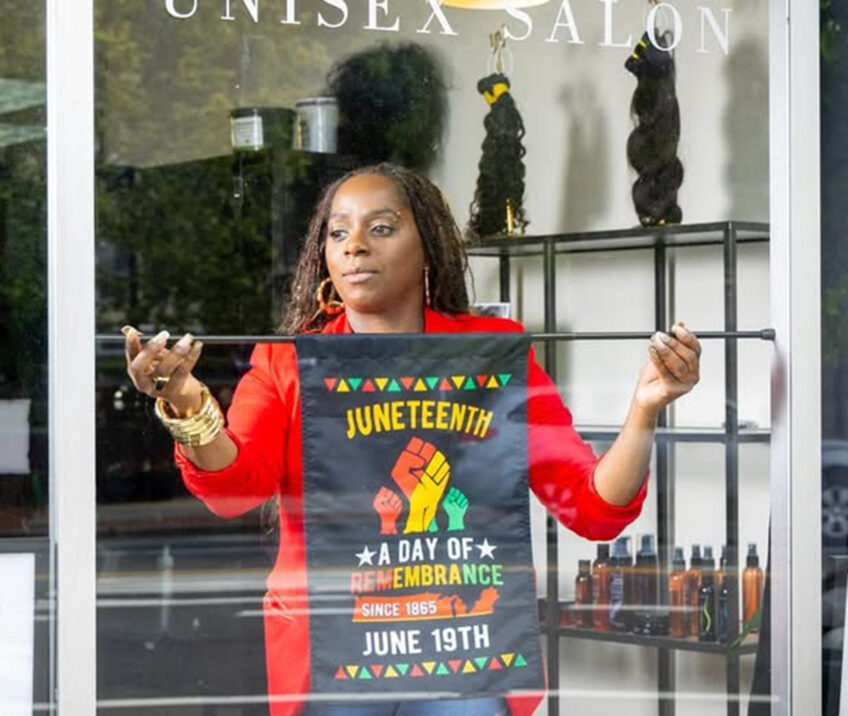2020 Women on Boards
Advocacy group aims to diversify corporate boards

The advocacy group, 2020 Women on Boards, was founded in Boston in 2010. The following year it became a national organization. Four years later, the nonprofit continues blazing a trail for gender equality on corporate boards.
As part of their extensive research into corporate America, 2020 Women on Boards produces a directory that helps consumers and investors to evaluate a corporation based on the percentage of women on its board. A company given a “W” rating is a Winner with 20 percent or higher female board members. “V” stands for Very close to the target 20 percent. “T” means that the corporate board has one Token woman. “Z” is for Zero.
The cofounders, Malli Gero and Stephanie Sonnabend took action to change what they saw as unsatisfactorily slow progress in the number of women on corporate boards. Using education, grassroots advocacy and social and traditional media, for their campaign, they have been successful in adding gender diversity to the criteria for corporate governance best practices. Malli Gero, cofounder and executive director, recently shared her wisdom with Banner Biz.
Which have more women: nonprofit or for-profit boards?
I have never seen national stats on the subject, but my observation is that more women serve on nonprofit boards than on corporate boards. In its 2013 report, “Census of Women Directors and Chief Executives of Massachusetts’ Largest Nonprofit Organizations,” the Boston Club found that women hold 35 percent of the board seats of the largest nonprofits in the state, while women held only 12.7 percent of board seats in the largest companies.
Why do you think this might be?
The Boston Club speculates that nonprofit boards are larger than corporate boards — the average number of board members for nonprofits is 23, compared with eight for corporate boards — so there may be more opportunity for women. Expertise and philanthropy drive nonprofit board appointments, while expertise and title often drive corporate board recruitment. Company CEOs often look for directors who look like themselves, white men with a “C” title.
Have you found data to indicate that an increase in women board members leads to an increase in the pay, promotion, and hiring of female employees within a corporation?
I’m not aware of data to support this claim, but there is a lot of speculation about it. More time is needed to examine how balanced boards affect corporate social responsibility. One study, published by UC Berkeley in 2012, found that companies that place value on gender diversity perform better in general and perform better than do their peers in multiple dimensions of corporate sustainability. These companies are more likely to provide strong employment benefits and performance incentives; offer employee engagement and professional development programs; offer more competitive benefits packages; implement more formalized training programs and actively measure employee satisfaction than companies without women leaders.
Canada recently set a voluntary national target for a 30 percent female board composition for publicly traded companies. Is this development encouraging to you?
We are very interested in the outcomes of “comply or explain” initiatives such as Canada’s, and would be thrilled to see a similar resolution adopted in the U.S. We are beginning to see states take action. In 2013, the California Senate approved Resolution 62, which recommends that boards of nine or more have a minimum of three women directors by 2016. We are actively working with our 2020 chapters to launch similar initiatives in states across the U.S.
Would you consider lobbying the SEC to set a target number for publicly traded companies?
Today the SEC encourages board diversity, but it doesn’t define it. Companies are left to define diversity for themselves and their definition often excludes women. We’d like the SEC to take a stronger stand and define diversity to mean three or more women on a board of nine or more. We would welcome the opportunity meet with the SEC commissioners on this topic.
In your opinion, which sectors will be the biggest challenge to reform and why?
The male-dominated sectors like energy and technology continue to lag behind other sectors in diversifying their boards. One reason for this is that companies in these sectors may rely on venture funding, which is heavily male dominated. Venture capitalists tend to stack the boards of companies they invest in with people they know and trust and, more likely than not, these are people like themselves: white and male. There is increasing pressure on these companies to change, and change is in the air, but it’s a slow process.
Women who work full time and who must provide care for growing children or aging parents — or both — might easily feel overwhelmed with board member duties. What resources are available for current or aspiring board members to keep women on boards longer?
Most people who serve on corporate boards have very senior-level jobs and have figured out how to balance their work with their family responsibilities. That said, the demands of corporate board positions are not for everyone. Men and women who aspire to corporate board positions should understand the requirements of the job to make sure it’s a good fit. Childcare and eldercare should not be seen as a women’s issue: it’s a family issue. At this time, boards are not bound by term limits, so once elected, a director can serve for many years.
What do you predict for team 2020WOB and its mission six years from now?
Stephanie [Sonnabend] and I are going to retire. We’ll have a party in states across the US to celebrate not just achieving the goal but surpassing it. Then we’ll look to our sons and daughters to carry the momentum.
1 http://responsiblebusiness.haas.berkeley.edu/Women_Create_Sustainable_Value_FINAL_10_2012.pdf






